Deck & Commander Strategies

Lathril, Blade of the Elves
An elf tribal deck focusing on producing a large number of elf tokens and leveraging sacrifice outlets to drain opponents' life or generate value, aiming to win through overwhelming board presence.
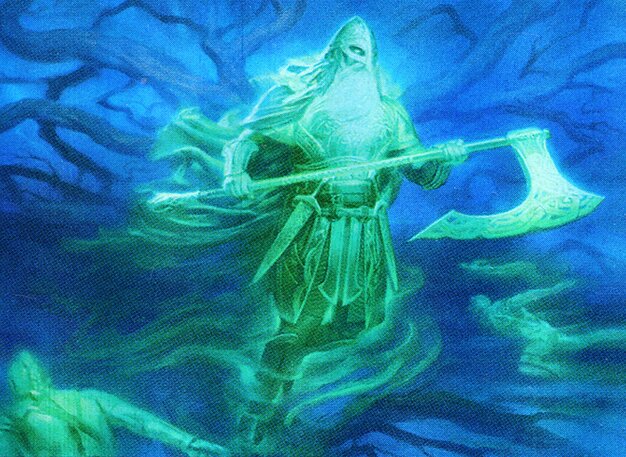
Ranar the Ever-Watchful
A control-oriented deck that utilizes blink and foretell mechanics to exile threats, protect creatures, and disrupt opponents while maintaining steady card advantage.
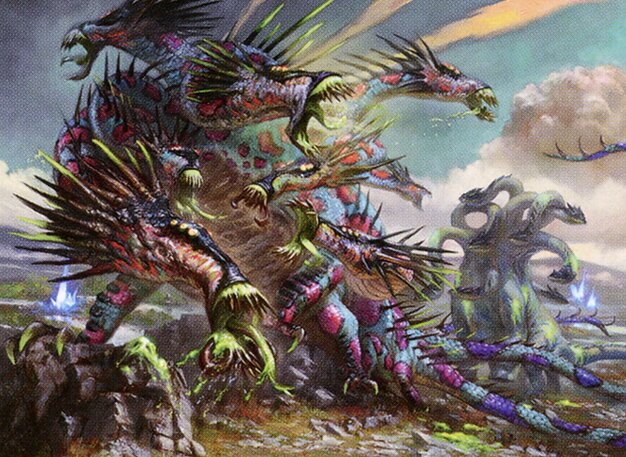
Zaxara, the Exemplary
A spell-focused deck that capitalizes on casting multiple spells per turn to generate counters and trigger powerful abilities, aiming for combo or value-driven wins.

Kardur, Doomscourge
An aggressive damage-dealer that uses creature death triggers and direct damage spells to control the board and inflict damage on opponents, aiming to close the game quickly.
Gameplay Insights
- 1
Leveraging blink and exile effects early allowed Ranar to maintain board control and protect key creatures from removal.
- 2
Lathril’s elf token generation forced opponents to respond quickly or face a large swarm that could be sacrificed for incremental damage.
- 3
Zaxara’s ability to generate extra value from spells cast created pressure by incrementally increasing counters and enabling combos.
- 4
Kardur’s aggressive use of damage triggers and direct damage spells helped keep opponents off balance and clear blockers.
- 5
Players had to carefully time their removal and protective spells around foretell and blink mechanics to avoid losing key assets.
- 6
The interplay between token generation, sacrifice, and spell casting created multiple layers of strategic decision-making throughout the game.
Notable Cards
-
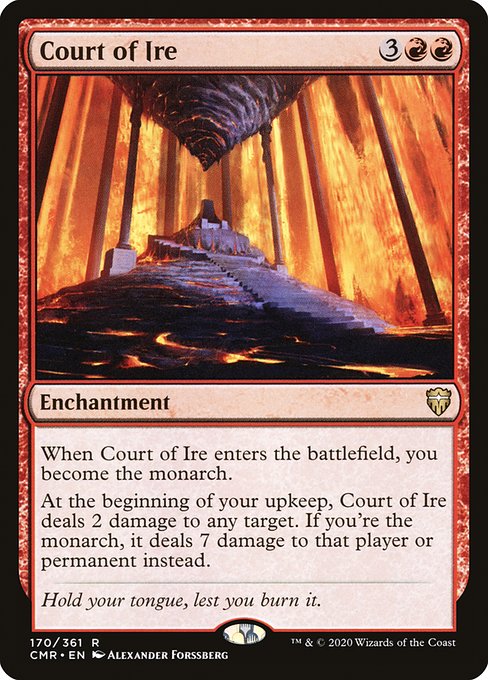
Court of Ire
Gameplay Summary
The multiplayer Commander game featured four unique commanders from the Kaldheim set: Lathril, Blade of the Elves; Ranar, the Ever-Watchful; Zaxara, the Exemplary; and Kardur, Doomscourge.
Early game momentum was built mainly through ramp and card draw, with Lathril focusing on elf tribal synergies and token generation.
Ranar emphasized control and manipulation with blink and exile effects, leveraging foretell mechanics to disrupt opponents and protect key creatures.
Kardur pursued aggressive damage and board presence, capitalizing on his ability to deal damage upon creature death and direct damage spells.
Zaxara sought to maximize spellcasting and combo potential, using her ability to generate additional value from casting spells and accumulating counters.
As the game progressed, interactions centered around managing board state control and timing of key combo pieces, with players carefully navigating through exile and blink mechanics to maintain advantage.
The game’s turning point came when one player assembled a lethal board state through a combination of token swarms and spell synergies, ultimately winning by overwhelming opponents with damage and value generation.


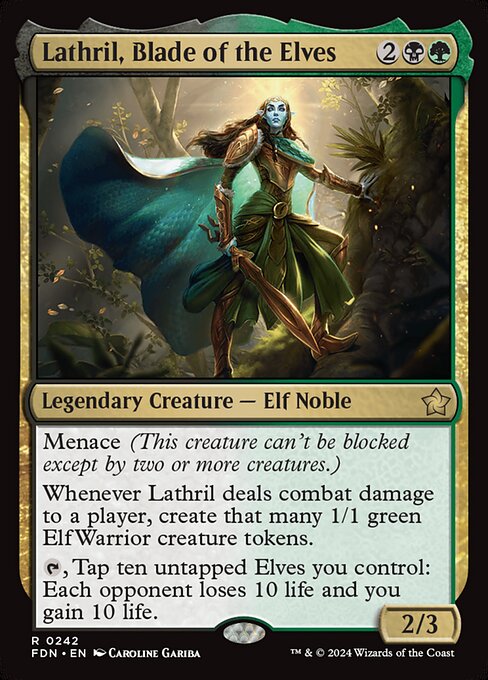


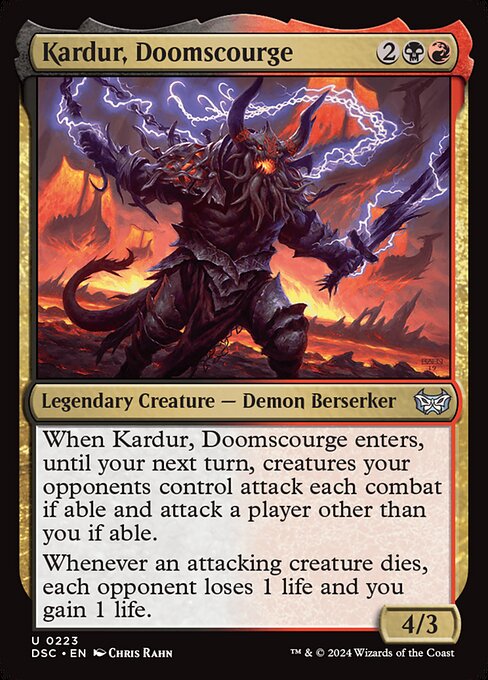



















![This Time, It's Personal! [Commander VS] | Magic: the Gathering Commander Gameplay thumbnail](https://i.ytimg.com/vi/VibCoKEPrWU/sddefault.jpg)




![Starter Commander Decks [Commander VS 321] | Magic: the Gathering Commander Gameplay thumbnail](https://i.ytimg.com/vi/seEnqBzrpsU/sddefault.jpg)











